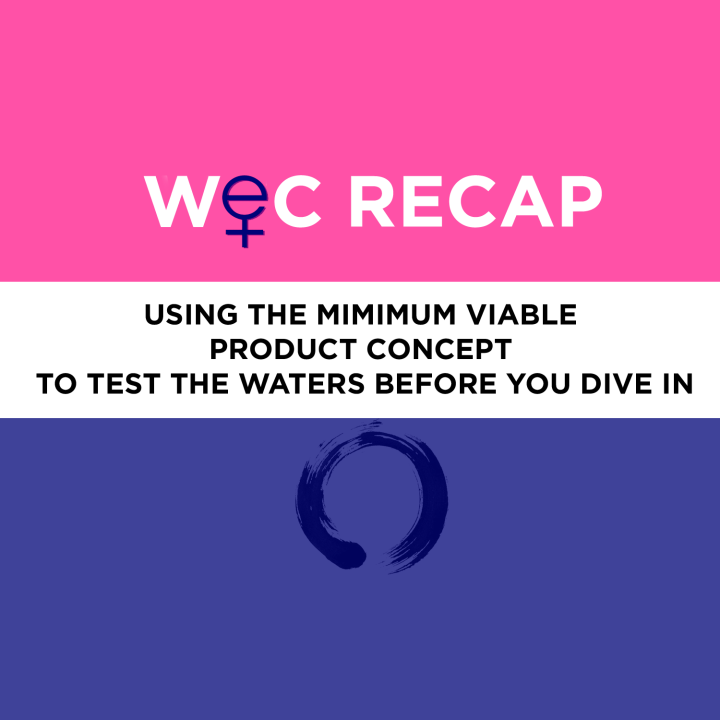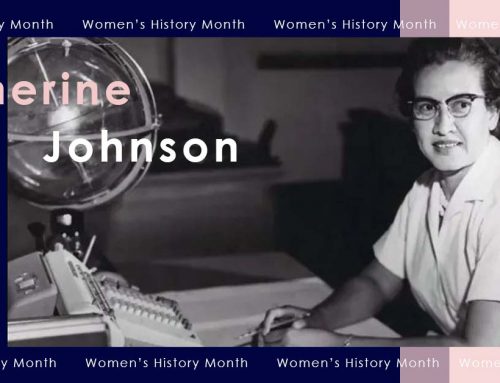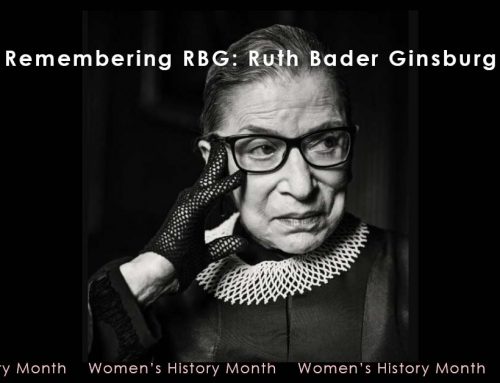Don’t think you have enough money to launch your business?
What if I told you you can launch a billion-dollar business with just a few thousands if not hundreds of dollars? What if I told you thousands of people just like you have already succeeded in doing just that? And, what if I told you that our “never too late to start” conferences brought you renowned business experts who can teach you how to do just that?
At WEC19, our audience was greeted by Professor Gisele Stolz, current Director if the George Mason Enterprise Center Business Incubator where she helps small businesses launch, succeed, and grow. Just like Anjali, Gisele was a fan-favorite from our previous conference (WEC18). If you haven’t read Anjali’s talk about marketing on a shoe string budget, click here to do so! We were delighted to have Gisele back, and to hear her talk on the LEAN startup method; how startups can use the minimum viable product concept to test their product before diving in.
Add description

Lean Startup Method
Minimum Viable Product (MVP)
As Giselle defined in her presentation, a minimum viable product (MVP) is the “simplest, cheapest product we can build to validate some key hypotheses about our business.” For example, a minimum viable product can be a:
- Clay model
- Power point
- Sample data
- Website
The MVP allows you to test assumptions about your product to validate your business model. It allows us to go beyond in asking the simple question of: can this product be built, by instead focusing on: should this product be built?

Further, if the product can and should be built, can you actually then build a sustainable business around the product?
How Two College Kids Created a $1B Company
To illustrate her point, Gisele relied on the case study of rent the runway. Rent the Runway is an online fashion company that allows for the rental of designer dresses and accessories. The now nearly $1 billion net-worth business, started off in 2009 with two Harvard graduates, Jeniffer Hyman and Jennifer Fleiss. They had a concept for a luxury rental dress company, but needed to validate two key hypothesis:
- Would women rent dresses worn by other women previously?
- Would designers allow their dresses to be rented?
A great method to answer these questions would be to discuss their pain points. In other words, what are some concerns that consumers and suppliers alike would have in using a service like rent the runway? Hyman and Fleiss considered the following:
- Would women not only rent dresses worn by other women, but rent dresses they weren’t able to try on?
- What if they only saw an image of the dress?
- Would women be able to send their dresses back in a timely manner, and the clothes were not damaged or stained in any way?
- Would enough women be willing to pay for these dresses at a price point that produced a profit?
Another critical point to consider was what benefit was it to the designer to rent their dresses rather than selling them the traditional way. For this, Hyman and Fleiss propositioned their brand as a way for designers to reach a younger market who were not established in their careers enough to afford luxury items. Also, it increased brand awareness, and may even turn into a sale if a women enjoyed her rented dress that much.
Prove Your Concept with Mock-ups
With this proposition and queries in mind, Hyman and Fleiss set out to validate their business model using a minimum viable product. Rather than create an entire supply-chain of designer dresses and shipping before even proving the concept model, they simply set up an experiment in a gymnasium. The experiment consisted of showrooms where their target market (young women) could view dresses, and indicate via a survey if they would be interested in renting it despite not trying it out. A mockup (looking to get a free mockup? Head to Joeprobono.com for a pro bono web designer!) of their website was created, showing women how easy it would be to enact this process online.
They then sent out dresses to the women who opted in to renting, and noted that 100% of women sent their dresses back within 48 hours, and 51/53 were in perfect condition. These figures confirmed that rental by post mail was a viable idea.
With such a small sample of about 50 women, Hyman and Fleiss knew they had to reach a broader audience. They sent a .pdf email describing their business and dresses out to 1,000 women of their target market, and 5% of that 1,000, or 50 women, agreed to rent. To their relief, this was enough to be a profitable business!
And voila, in just a simple experiment within a gymnasium and a small selection of dresses, the Harvard pair addressed all key concerns that threatened the success of their business model. Enough women were willing to rent dresses they only tried on at a profitable price point, and they were able to return the dresses in good time and condition so that the supply chain of inventory could function sustainably.
Where There’s a Will There’s a Way!
Instead of pouring hundreds of thousands, if not millions of dollars, into building a full fulfillment center, complete with a wide selection of designer dresses, and a mass marketing campaign to reach their target audience before the concept was even proven, Hyman and Fleiss invested the bare minimum in creating their minimum viable product. As the saying goes, work smarter, not harder. Now, rent the runway is known as an industry disruptor, and just recently raised $125 million investment at a valuation of $900 million. Using the lean startup method, your business can be a breakout success and be affordable to create, proving that it’s never too late, or expensive, to start the next chapter of your career!






Leave A Comment